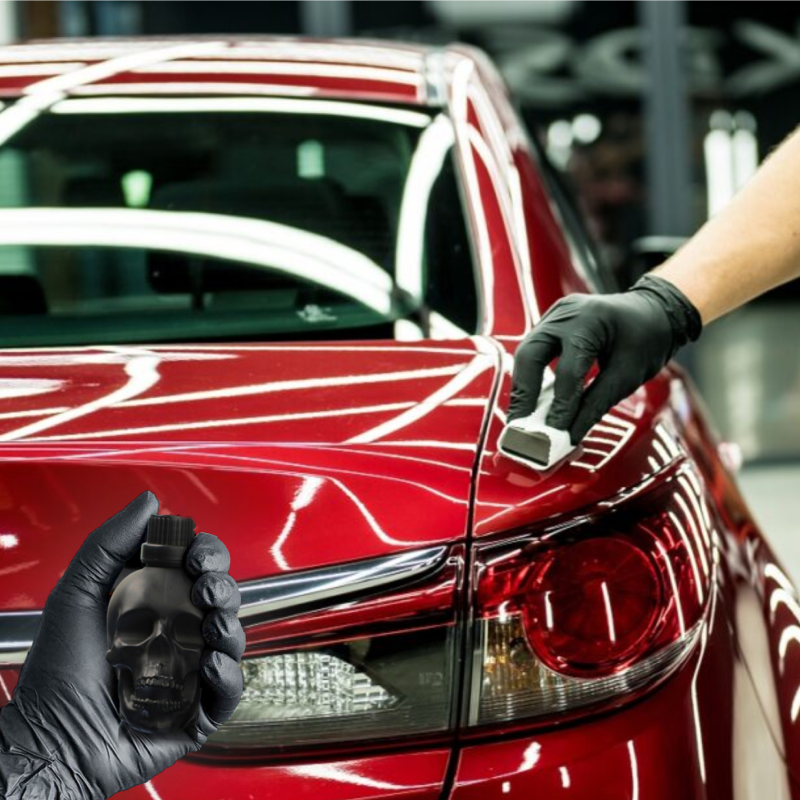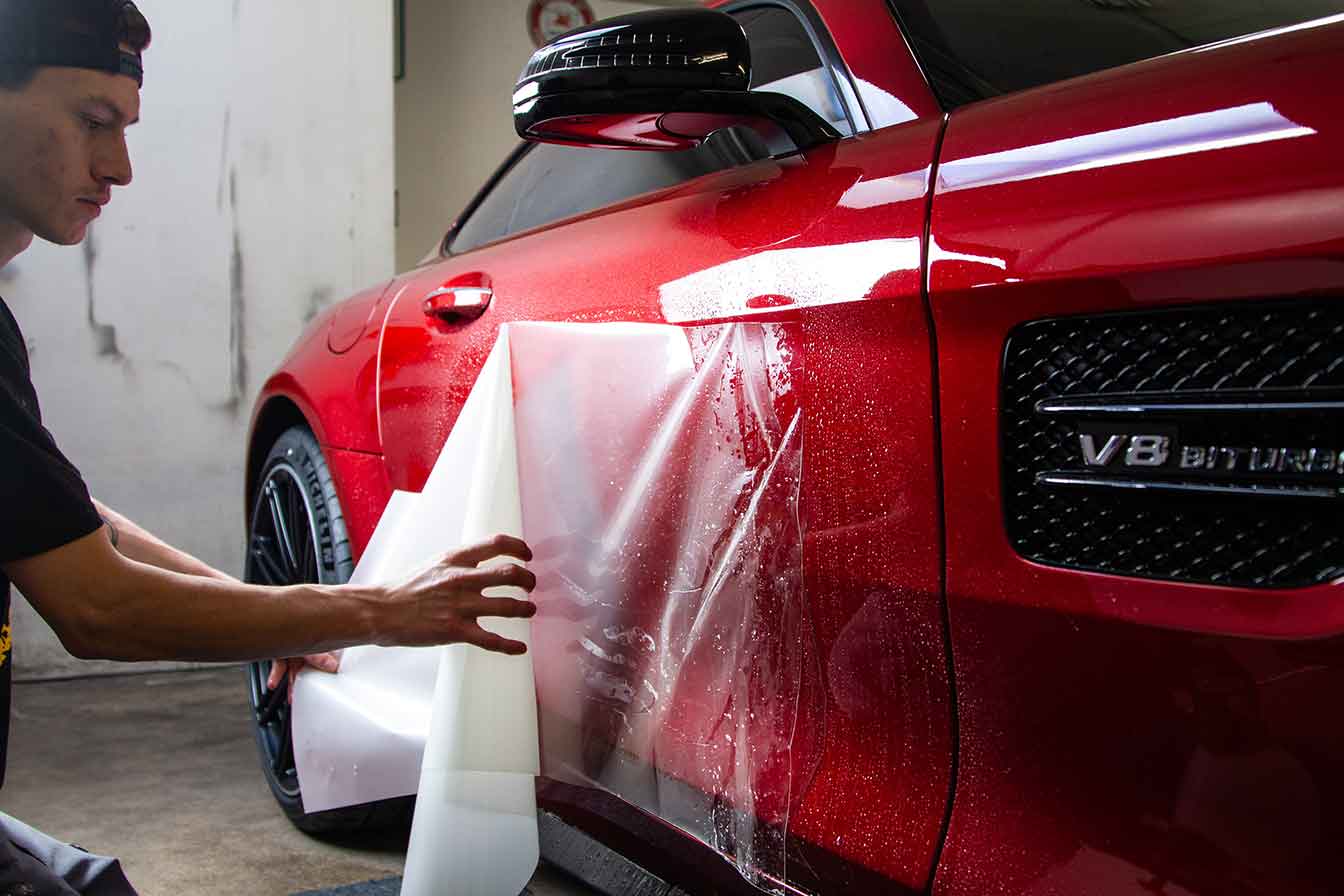A Comprehensive Guide to the Kinds Of Ceramic Covering on the marketplace
Ceramic coatings have emerged as a pivotal service across numerous sectors due to their special homes and applications. From silica-based formulas known for their toughness to crossbreed alternatives that combine numerous advantages, the choices readily available can be frustrating. Understanding the nuances of each type, including their specific advantages and suitable use situations, is vital for making informed decisions. As we check out the distinctive features and applications of these finishes, the implications for performance and long life come to be progressively evident, questioning concerning which kind might finest match your demands.
Recognizing Ceramic Coatings
Ceramic layers are sophisticated protective services that have gained appeal in different sectors, specifically in auto and aerospace applications. These coatings consist of a liquid polymer that, when treated, forms a long lasting, hydrophobic layer on the surface area of the substratum. This layer gives enhanced resistance to ecological impurities, UV radiation, and chemical exposure, thus extending the life and visual charm of the underlying product.
The fundamental part of ceramic layers is silica, which adds to their hardness and toughness. The application process generally entails surface prep work, application of the coating, and healing, which can be accomplished via warmth or UV light. When healed, ceramic coverings exhibit remarkable bonding properties, permitting them to adhere strongly to a selection of surface areas, including steels, plastics, and glass.
Along with their protective functions, ceramic finishes also supply simplicity of upkeep. Their hydrophobic nature decreases the adherence of dust and grime, making cleansing easier and much less frequent. Generally, the fostering of ceramic coverings stands for a considerable improvement in surface security modern technology, offering both useful and visual benefits across numerous industries.
Sorts Of Ceramic Coatings
Numerous sorts of ceramic finishings are readily available, each developed to meet details performance needs and applications - Car Detailing. One of the most typical types include:
Silica-based Coatings: These coverings primarily include silicon dioxide and are known for their resilience and chemical resistance. They are widely utilized in auto and industrial applications.
Titanium Dioxide Coatings: Renowned for their photocatalytic residential or commercial properties, titanium dioxide finishes are often used in environments where self-cleaning and antifungal residential properties are preferable, such as in structure materials and automobile coatings.
Zirconia Coatings: Characterized by their high-temperature security and thermal resistance, zirconia layers are made use of in applications such as generator engines and high-performance automotive components.
Alumina Coatings: Exhibiting excellent solidity and thermal security, alumina finishings are often made use of in wear-resistant applications, consisting of cutting devices and commercial equipment. - Paint Protection Film
Hybrid Coatings: Combining the residential properties of different products, hybrid finishings provide boosted performance characteristics, making them suitable for distinct and demanding applications.
Each kind of ceramic finishing serves distinctive functions, allowing individuals to select one of the most appropriate solution based on specific environmental problems and efficiency needs.
Advantages of Ceramic Coatings
Ceramic finishings, in specific, offer many benefits that make them significantly popular among suppliers and consumers alike. These finishes are immune to scratches, chemicals, and UV rays, guaranteeing that the underlying surface area stays safeguarded over time.
Along with durability, ceramic coatings supply excellent hydrophobic residential or commercial properties, enabling simple cleaning and upkeep. This water-repellent nature decreases the adherence of dust, crud, and other contaminants, which can lengthen the visual allure and functionality of the surface area. In addition, ceramic layers can considerably boost thermal resistance, making them perfect for applications that withstand heats.

Application Refine
When applying ceramic coatings, a thorough directory technique is important to achieve optimal outcomes. The application procedure normally starts with extensive surface area prep work. This involves washing, sanitizing, and brightening the surface area to remove all contaminations, including dust, oil, and prior waxes or sealants. A tidy surface ensures appropriate adhesion of the finish.
When the surface is prepped, the following step is to apply the ceramic layer. This can be done utilizing an applicator pad or a microfiber towel, making sure also coverage. It is important to work in little areas to keep control and prevent premature treating. The finishing ought to be used in slim layers, as thicker applications can bring about unequal coatings.
After application, the finishing requires a specific healing time, generally varying from a couple of hours to a full day, depending on the item. Adhering to these actions carefully will optimize the efficiency and longevity of the ceramic finishing, supplying a resilient protective layer for the surface area.
Maintenance and Long Life
To ensure the long life and performance of a ceramic covering, normal upkeep is vital. Ceramic finishings, known for their durability and safety qualities, need details care routines to maximize their lifespan and efficiency.
Along with regular washing, periodic inspections are crucial. Seek signs of wear or damage, such like it as hydrophobic buildings diminishing or surface area blemishes. If needed, a light polish might be related to revitalize the layer without removing it away.
In addition, the application of a booster spray can enhance the coating's hydrophobic impacts and restore its gloss. This is especially valuable for finishes that have been in usage for a prolonged period. Inevitably, by sticking to these upkeep techniques, one can significantly prolong the life of a ceramic layer, ensuring that it proceeds to offer optimal defense versus ecological aspects and preserve the aesthetic allure of the lorry.
Verdict
